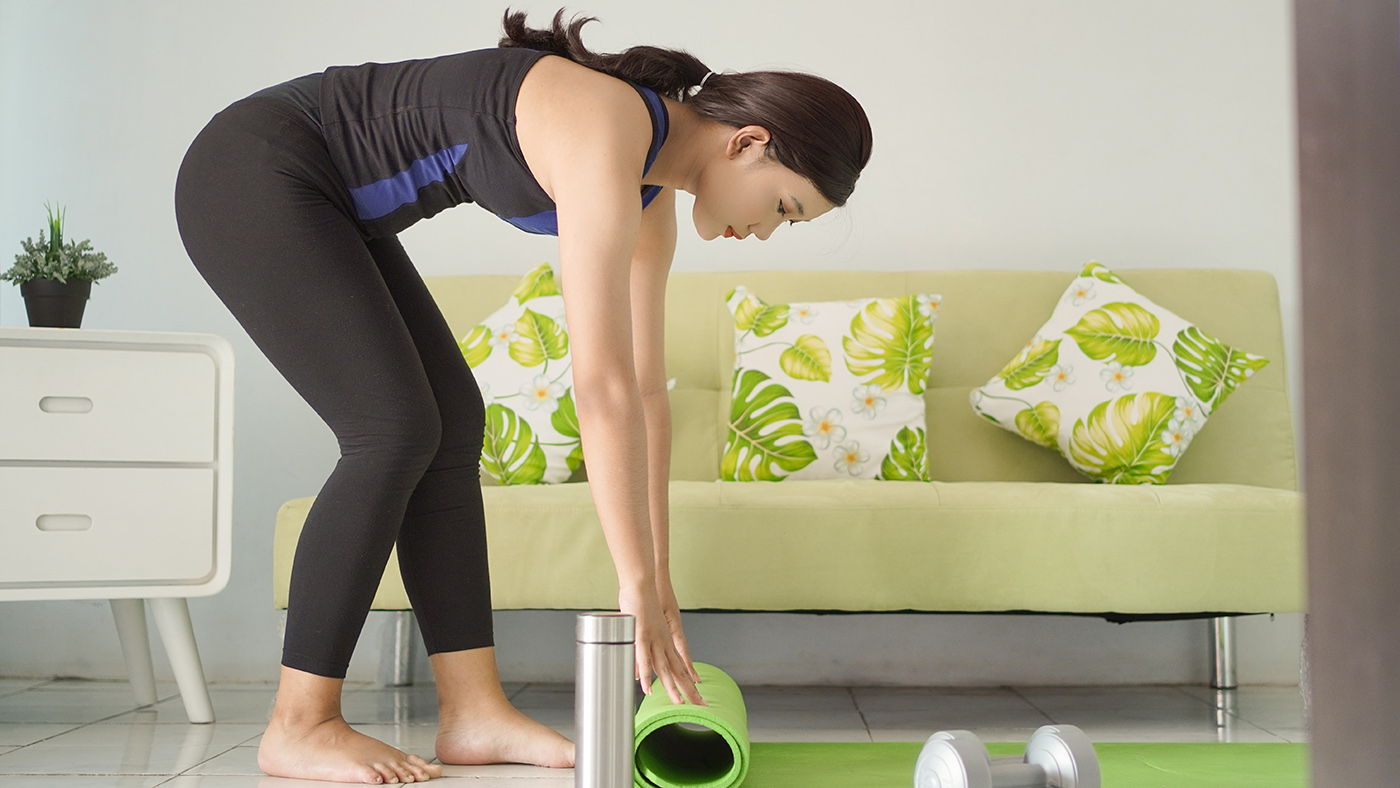For the zen seeker and the fitness enthusiast alike, the path to a perfect yoga session often begins with a humble yet essential tool: the yoga mat. In the bustling world of asanas and pranayamas, where the right gear is crucial to your flow, choosing a yoga mat is a decision that warrants both flexibility and groundedness—metaphorically speaking, of course.
Crafting the ideal environment for your practice involves more than just picking a mat off the shelf. Your choice affects your comfort, balance, and even how well you’re able to engage with the spiritual aspect of yoga. With an array of options to consider, from thickness to material, one might wonder where to begin. Welcome to your roadmap for making the most mindful of mat decisions.
The Foundation: Material Matters
The core of your mat is its very fabric—literally. The material determines not just the texture and feel against your skin, but also its grip, eco-friendliness, and durability. Different materials serve different purposes:
- PVC (Polyvinyl Chloride): Common in most inexpensive mats, PVC offers excellent stickiness but raises concerns about environmental impact.
- TPE (Thermoplastic Elastomer): Biodegradable and hypoallergenic, TPE mats offer a middle ground between PVC and natural rubber.
- Natural Rubber: Sustainably sourced and dense, rubber mats provide superior grip but can sometimes have a strong odour.
- Cork and Jute: These natural fibers provide an anti-microbial and usually sustainably sourced alternative, with varying degrees of cushioning.
Choosing the right material depends on your personal preference, ethical considerations, and the type of yoga you practice. Vinyasa may require a different grip than Restorative, for instance.
Setting the Scene: Thickness and Texture
The physical environment greatly influences your practice’s quality. Selecting the mat’s thickness, often measured in millimeters, will cushion your joints as much as it dictates your stability during standing poses. Here are some pointers:
- 1/16″: The thinnest option, suitable for travel and for those who prefer to feel connected to the ground.
- 1/8″ to 1/4″: The middle ground, balancing support and portability for most practitioners.
- 1/2″ or More: Optimal for those with joint issues or using the mat for particularly vigorous practices.
Texture also plays a role here. A smooth surface might suffice for those who don’t sweat much, while a textured or even ribbed surface provides better grip for hot yoga enthusiasts or anyone with a perspiration habit.
Sizing Up: Find Your Dimensions
Just like reaching for the perfect sweater, finding a mat that suits your body type and practice is crucial. Dimension details to ponder include:
- Width: Mats typically range from 24″ to 26″. Consider your frame and personal space comfort.
- Length: Standard mats offer about 68″. Taller practitioners might want to look for options reaching 72″ or more.
- Shape: While most are rectangular, some brands offer wider options or unconventional shapes that might suit specific practices or preferences.
The goal is to land on a mat that lets you move freely without the fear of falling off or feeling cramped.
The Right Price: Quality Over Economy?
Budget often tugs at the heartstrings when making a purchase, but with yoga mats, a more significant investment can result in a longer life span and better functionality. Shelling out for a pricier mat may mean better materials, a more extensive warranty, and thoughtful design elements like alignment markers or antimicrobial properties.
Consider the long-term value of your purchase. How often do you practice? Will a cheaper mat need to be replaced sooner, offsetting the initial cost? Weigh your options so your yoga investment aligns with your budget and usage.
The Reflective Choice: Aligning with Your Practice
Ultimately, your choice of yoga mat is a reflection of your unique practice. It’s where breath meets movement and intent meets action. Consider the following to harmonize your practice with your mat:
- Aesthetic Pleasure: Something as simple as a mat’s color or design can invigorate your practice each time you unroll it.
- Yoga Goals: Are you working toward complex poses? A dedicated pilates practitioner? Your mat should serve your specific needs.
- Intangibles: Sometimes, a certain mat just feels right—trust that intuition.
Every yoga session is a story. Your mat, in its silent support, becomes a chapter marker. As you ponder the dimensions of your practice and the texture of your commitment, remember that the perfect yoga mat is out there, waiting to become the grounded partner in your personal odyssey.
In the grand tapestry of yoga, the mat you choose will thread through your every practice and pose. It’s a foundation upon which growth, both physical and spiritual, can flourish. Take your time, be deliberate, and envision the balance you’re creating as you select a mat that represents your dedication to the ancient art of yoga.

